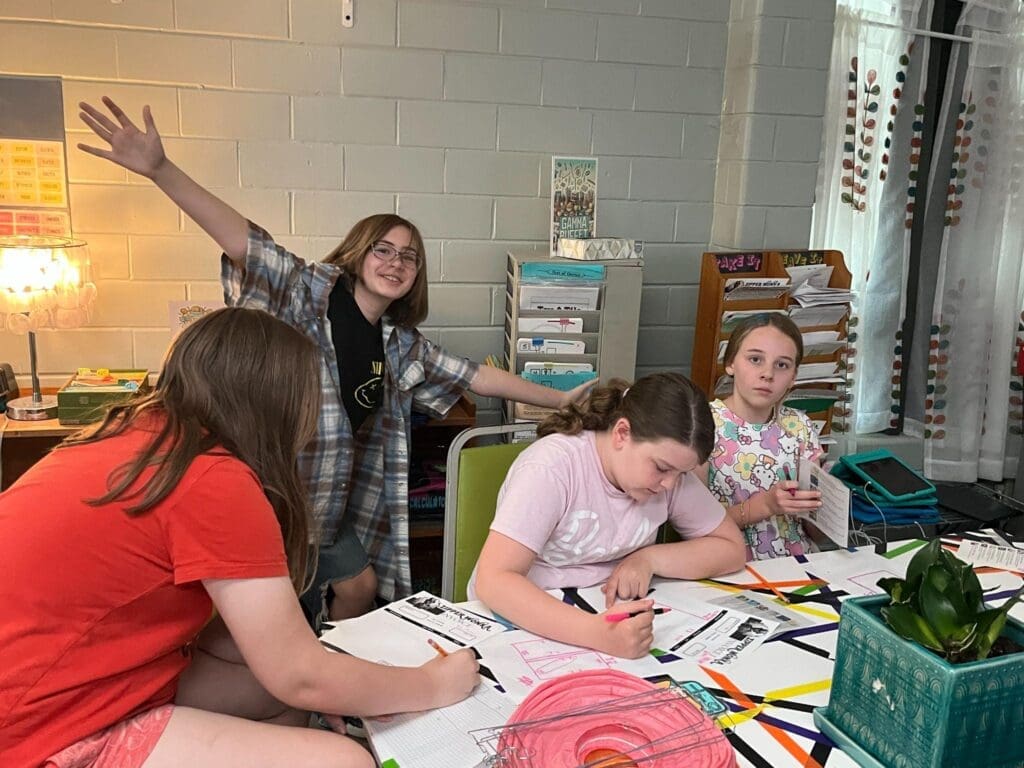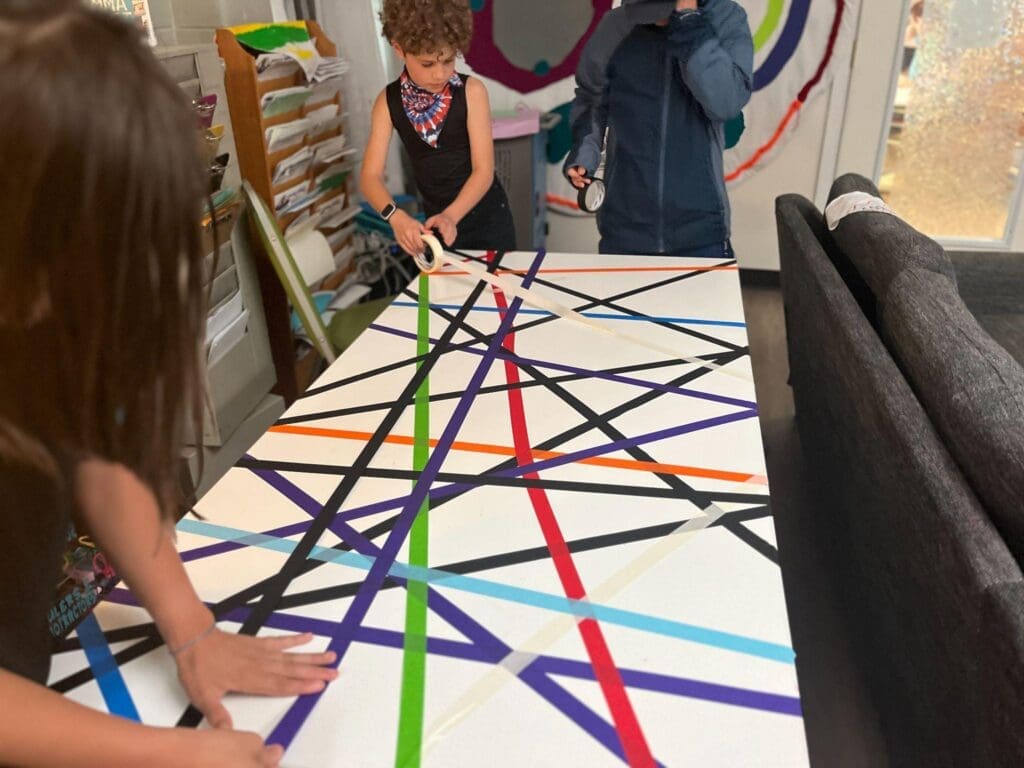Math –
Ms. Andrea’s math group launched their time unit by creating a giant clock on the rug as well as their own clocks. We refreshed our memories of reading analog time by the half hour, quarter hour, counting by 5’s – down to the minute. We played partner games with dice and spinners for even more practice. Happy to report that it’s all coming back to us! This year we’ll focus on precision and tackle some more complicated story problems dealing with time.
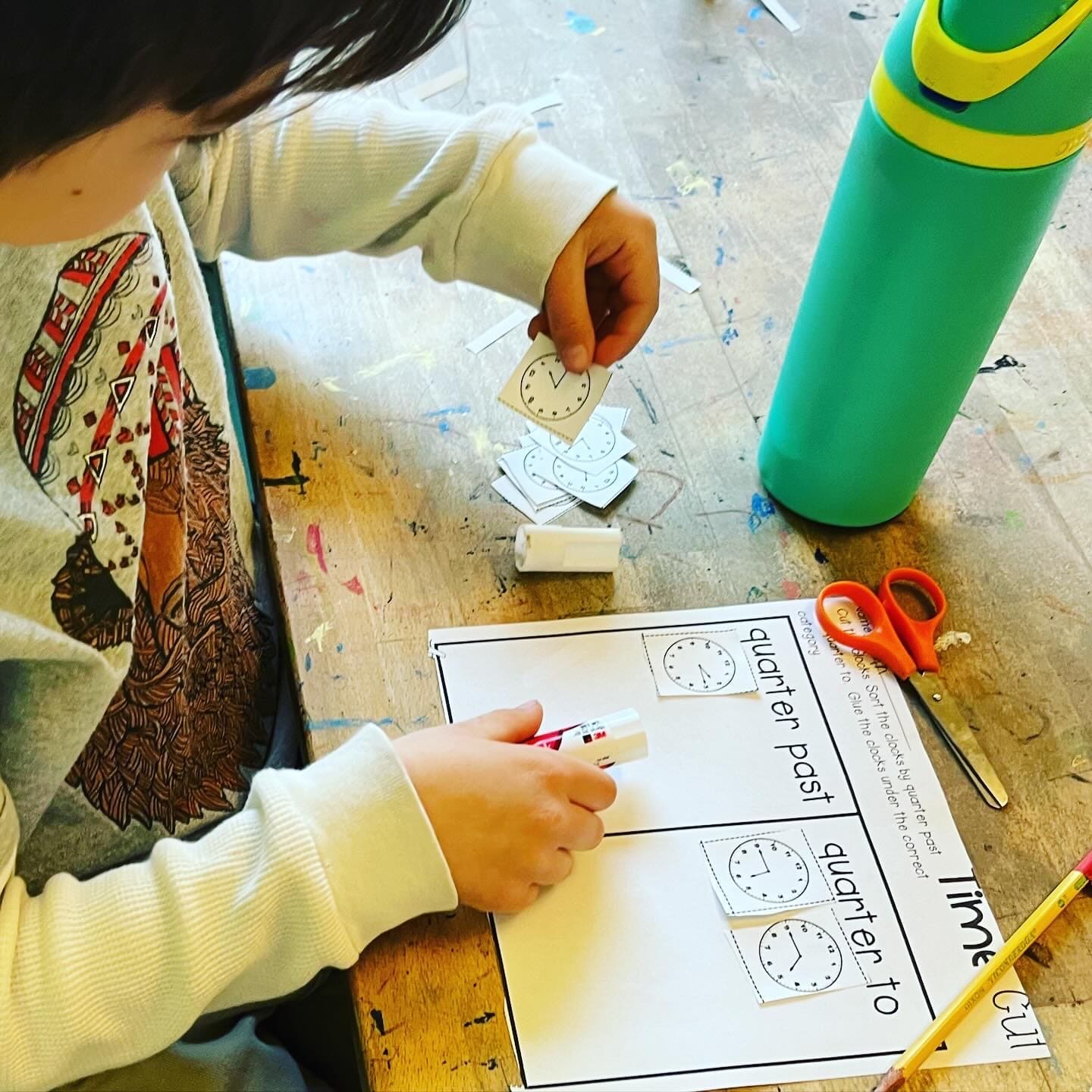 |
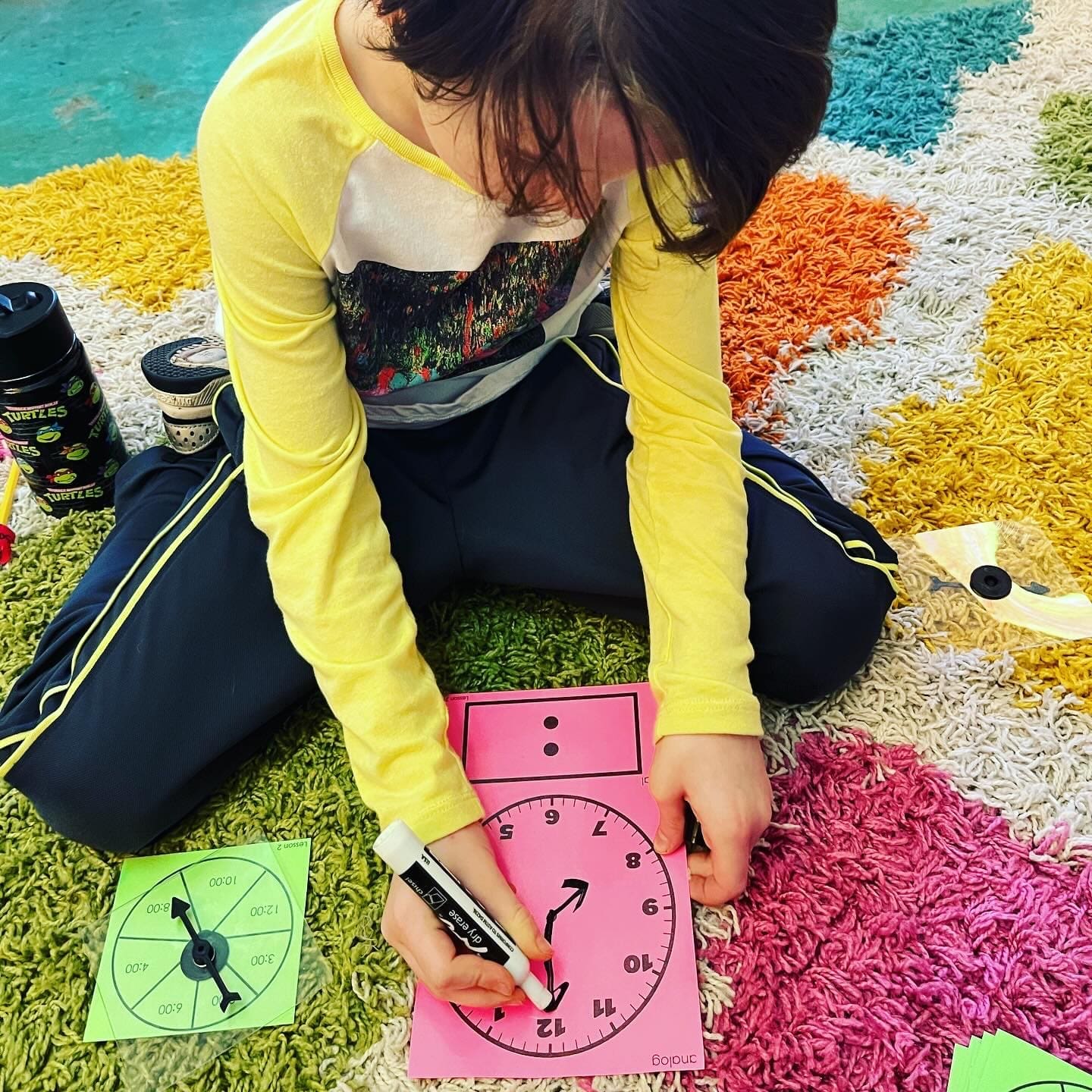 |
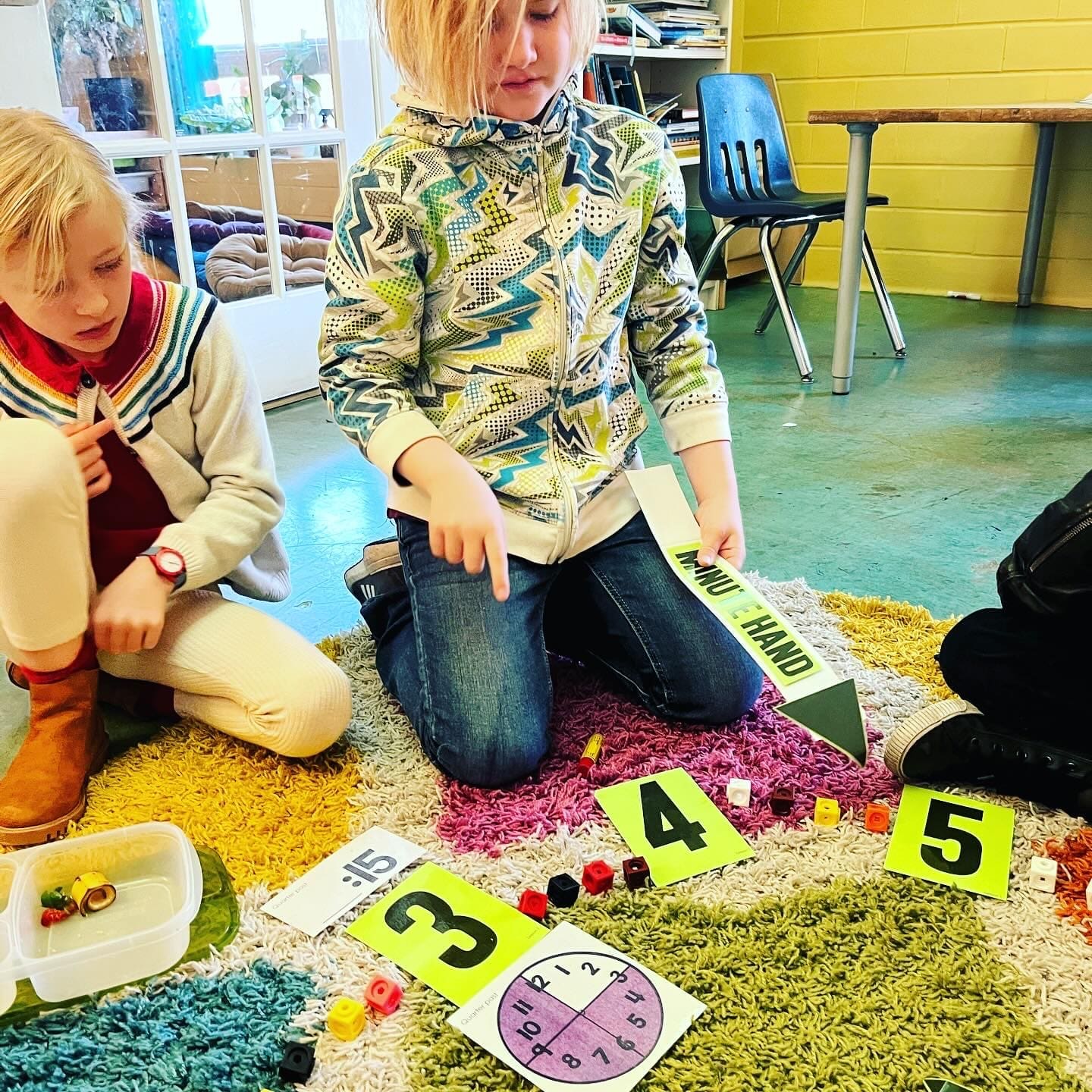 |
|---|
Ms. Kelly’s math group is wrapping up their multiplication strategies unit (Next week we begin division!) by reviewing our many strategies as well as tackling one and two step word problems using multiplication, addition and subtraction. We are prioritizing fact fluency by playing partner games- when you’re having fun you forget you are working hard!
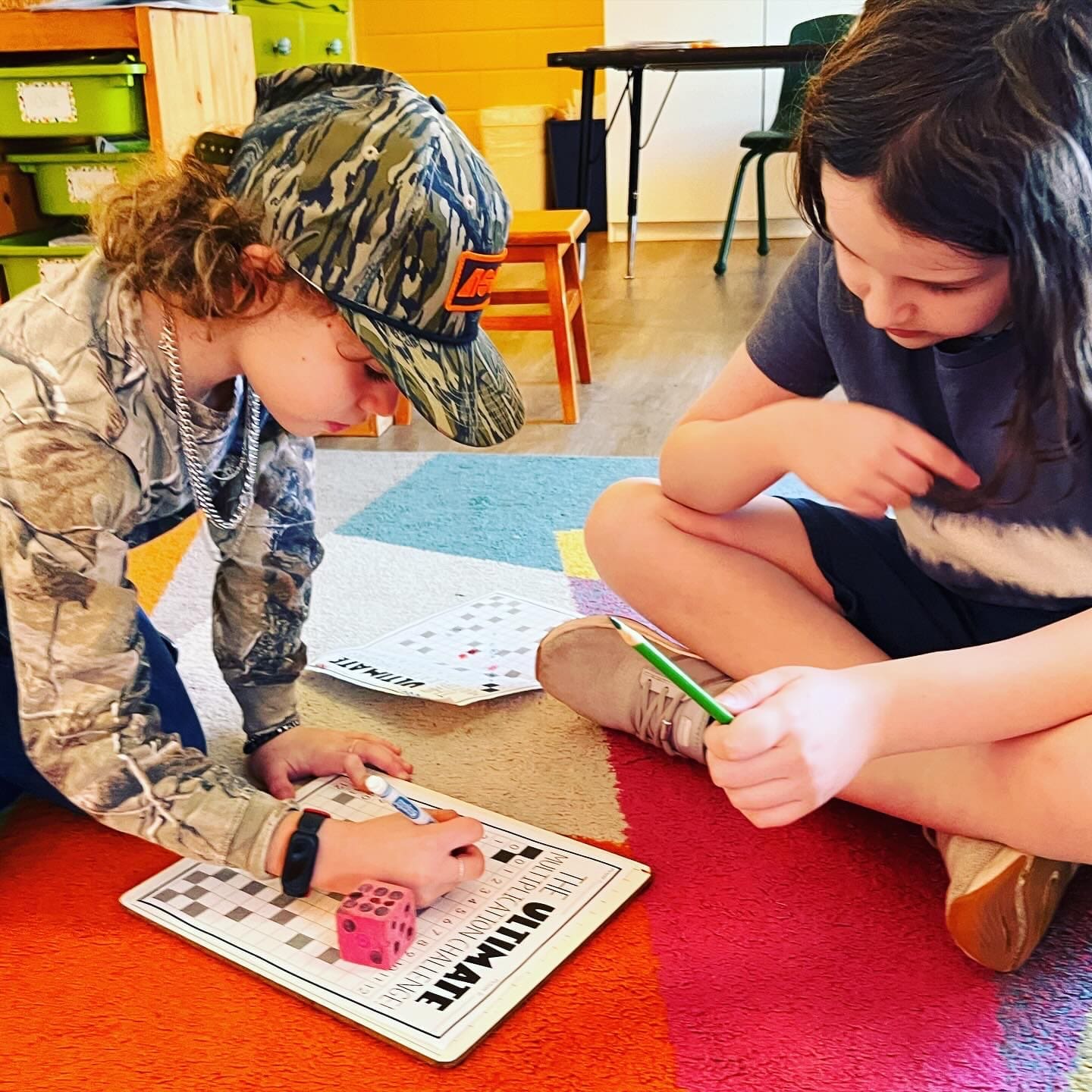 |
 |
 |
|---|
Literacy –
Book Clubs are going strong. Many groups have begun new novels this quarter and the books continue to get more challenging. The kiddos are encountering more and more multisyllabic words, and these long words can seem intimidating. Often children will guess or skip a word and this can cause issues with fluency and comprehension.
Explicitly teaching kiddos how to tackle multisyllabic words is key to fluency. It helps break big words into manageable bits and helps take away the guessing. We practice together with a list of words. First we find the sounded vowels (that tells how many syllables a word has), then look for the consonants in between, and divide. We can then read each syllable one by one. It is something we adults take for granted. We do this without even thinking about it! That is our goal with the Betas. We practice physically dividing words together and then when they read and come to a tricky word on their own, they use our syllable division strategies rather than guessing or skipping!
In writing we are focusing once again on creating more powerful sentences, because when we can create fantastic sentences, we can create fantastic compositions. This week we focused on conjunctions. Conjunctions (like “because”, “but” and “so”) connect several words and even broader concepts and ideas together – allowing us to build complex sentences that can convey interesting and compelling messages. We also practiced sentence combining. Sentence combining is a technique for “smoothing out” choppy writing by varying sentence structure and making a piece of writing more engaging for the reader. We will practice a few more techniques before we begin our non-fiction unit.
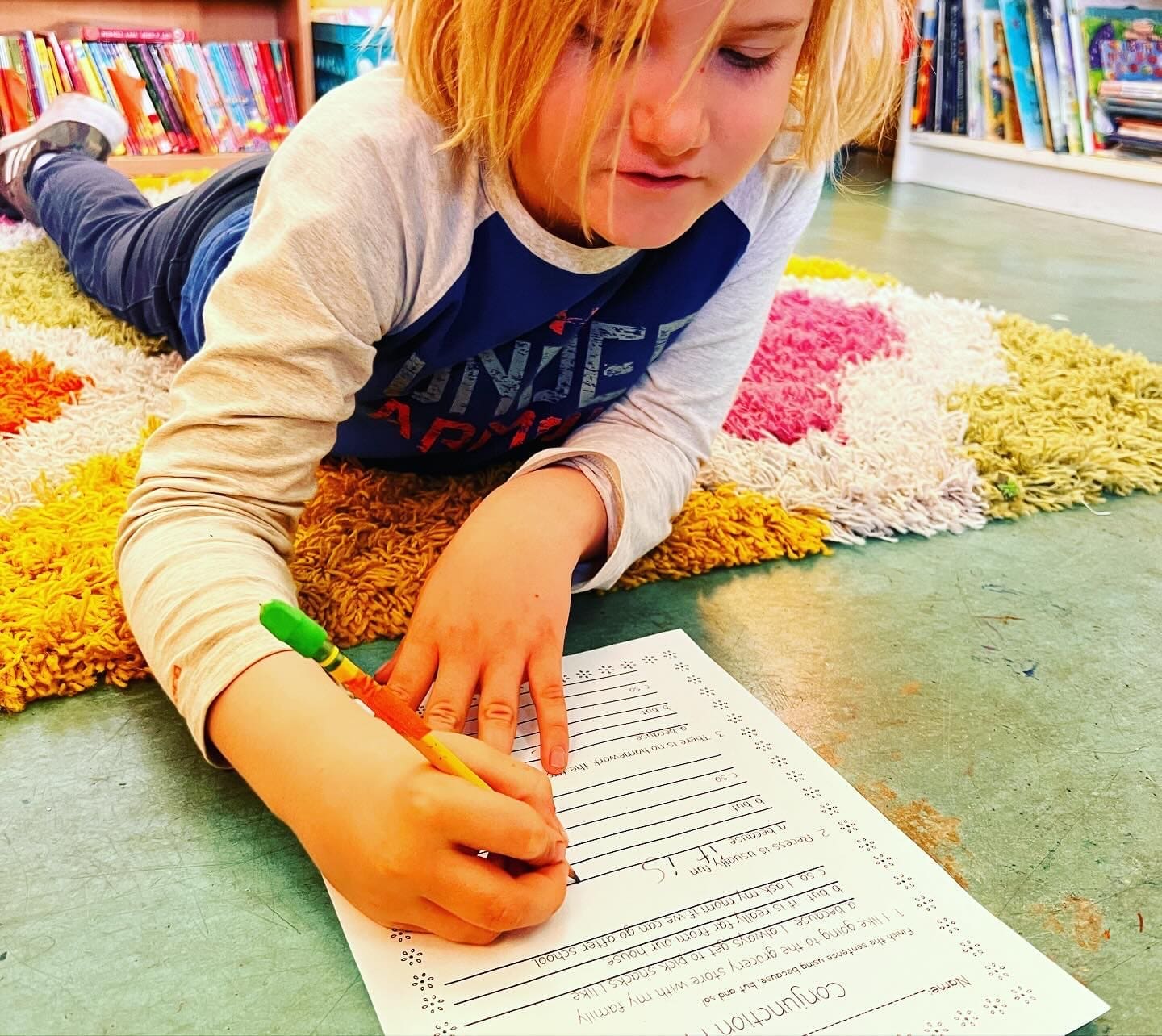 |
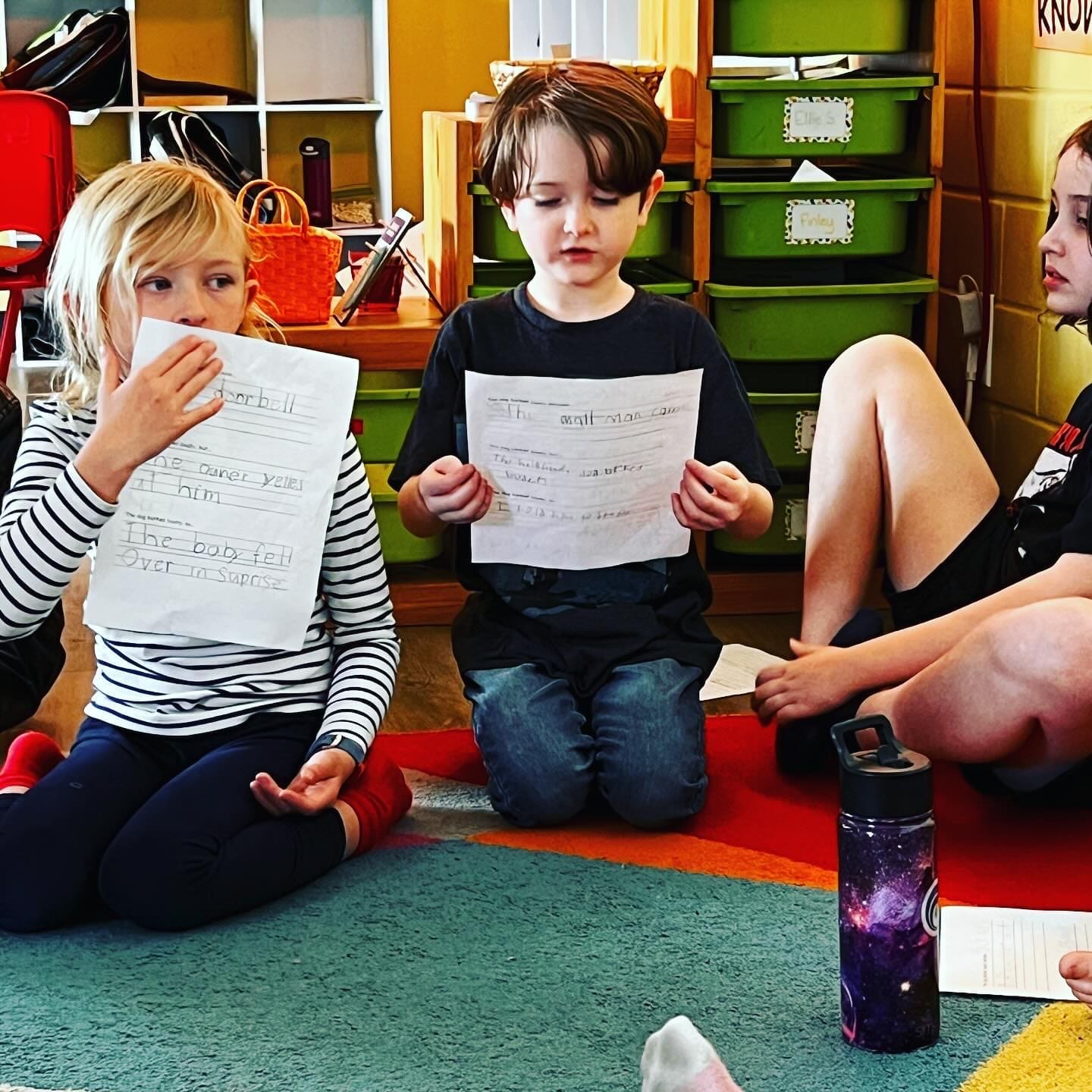 |
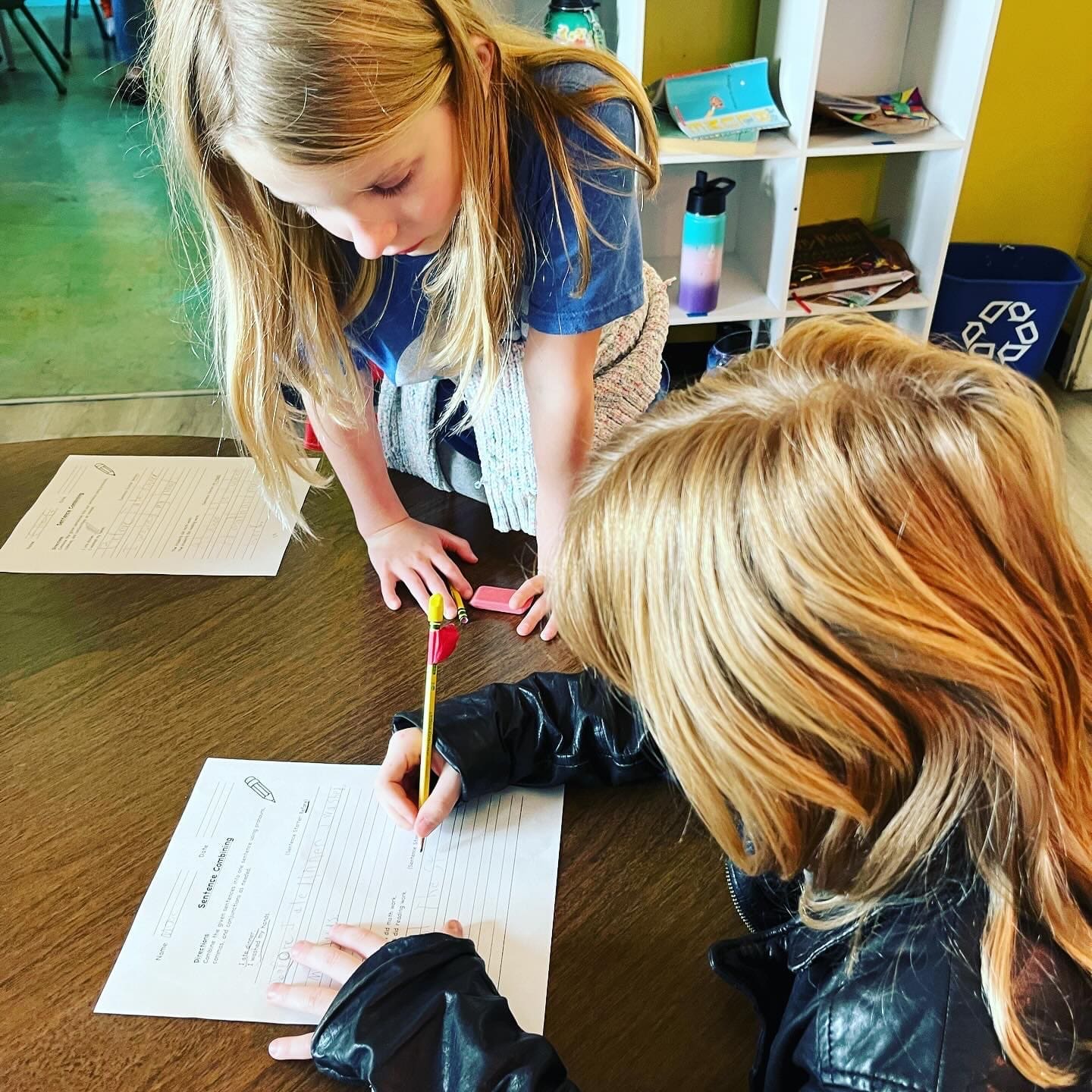 |
|---|---|---|
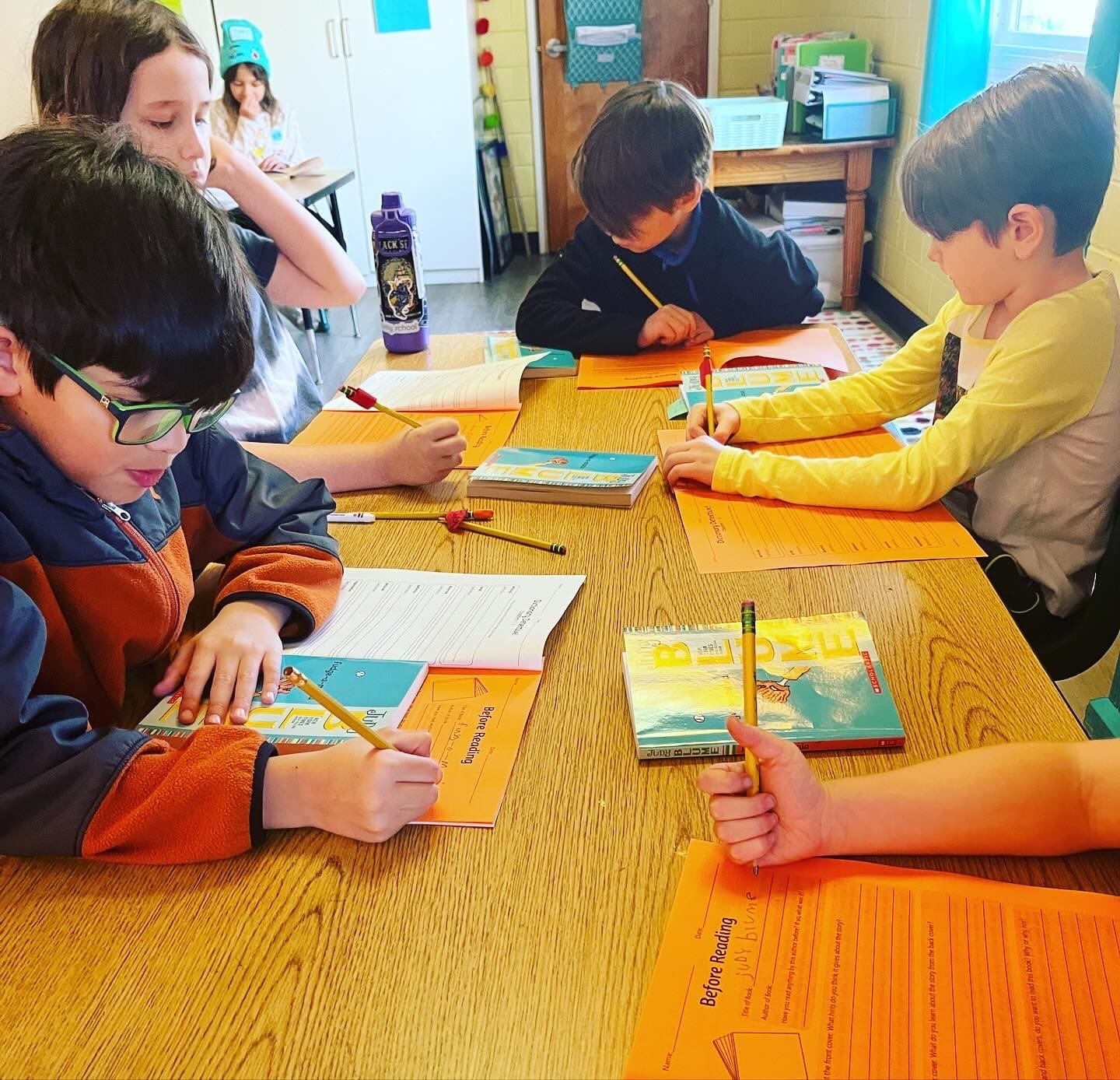 |
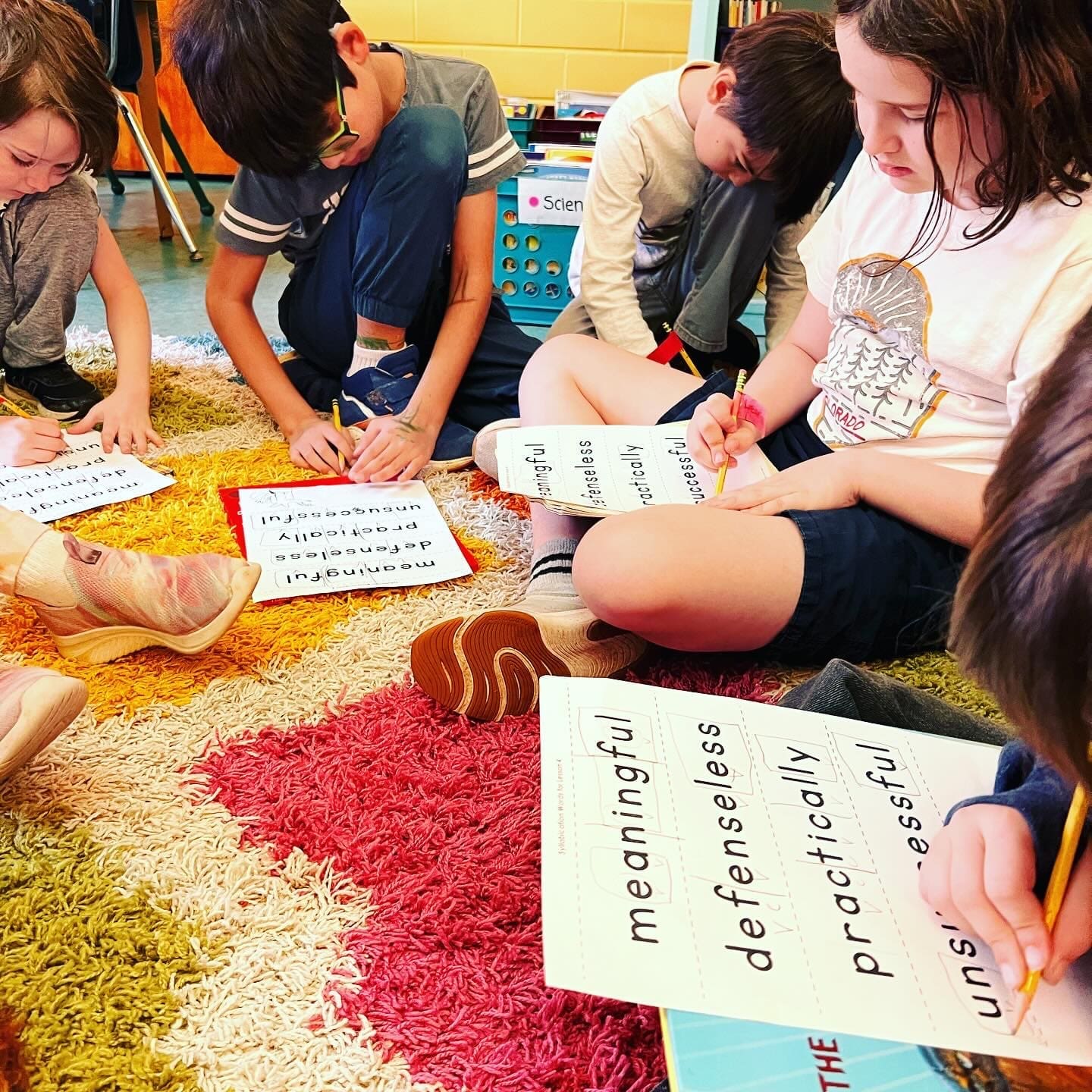 |
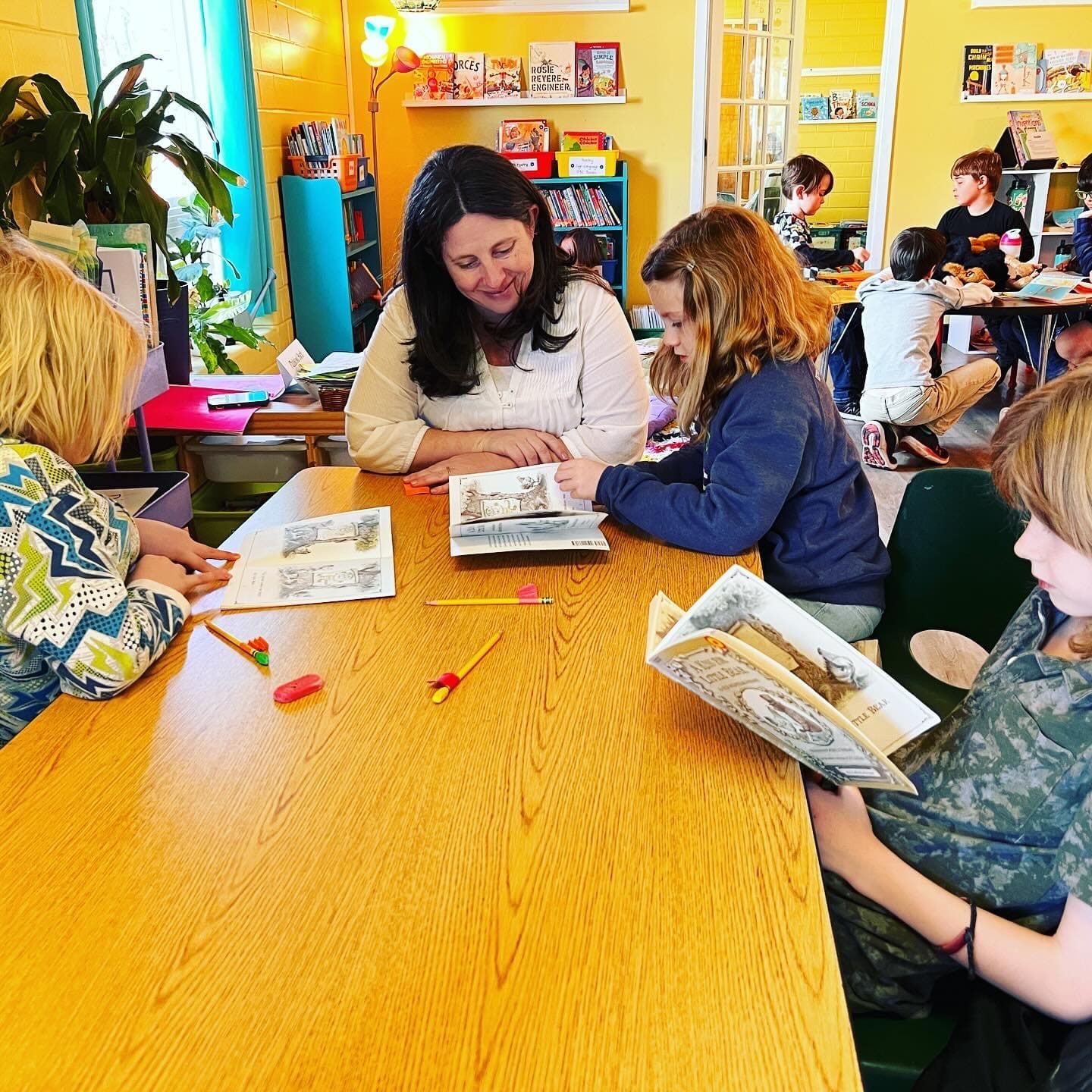 |
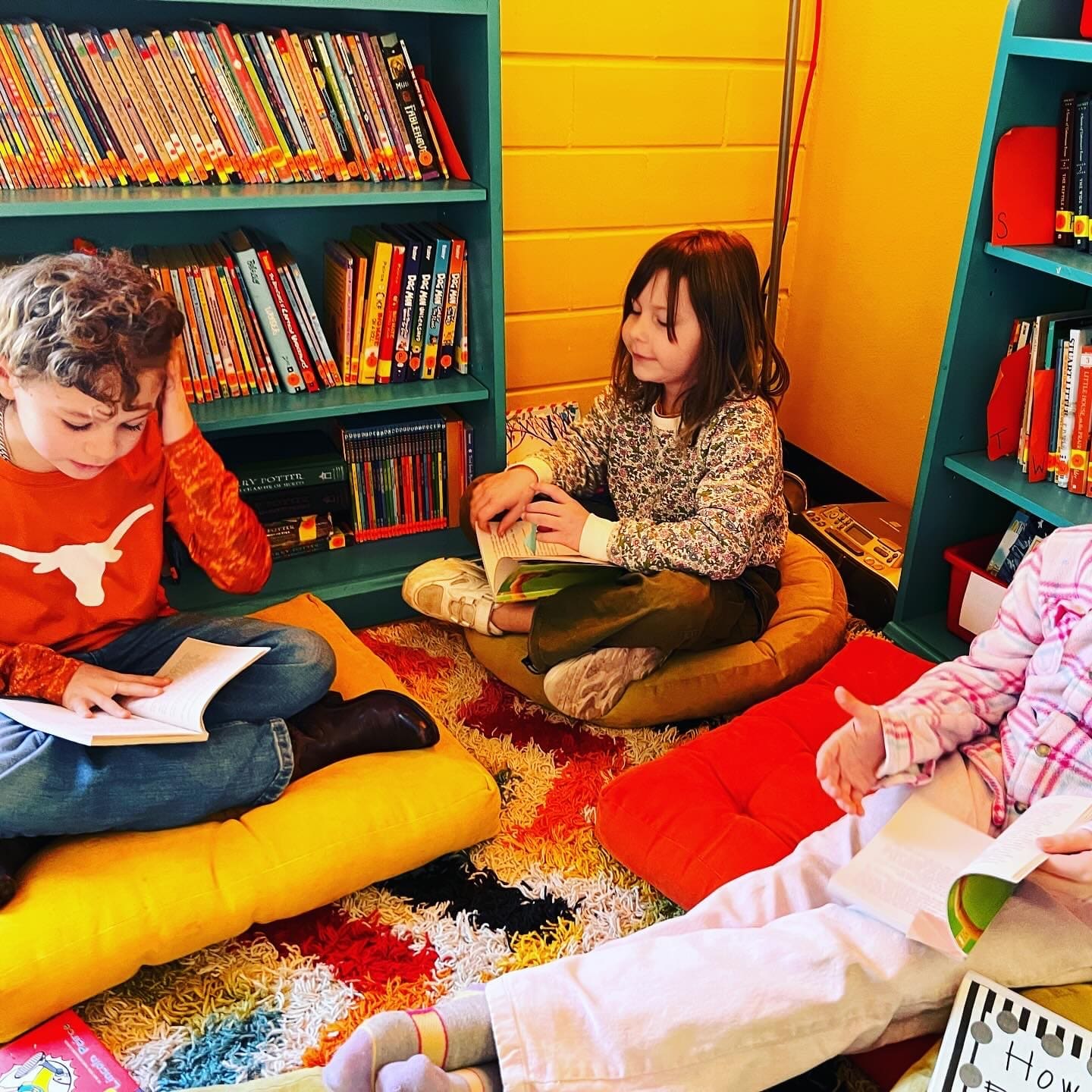 |
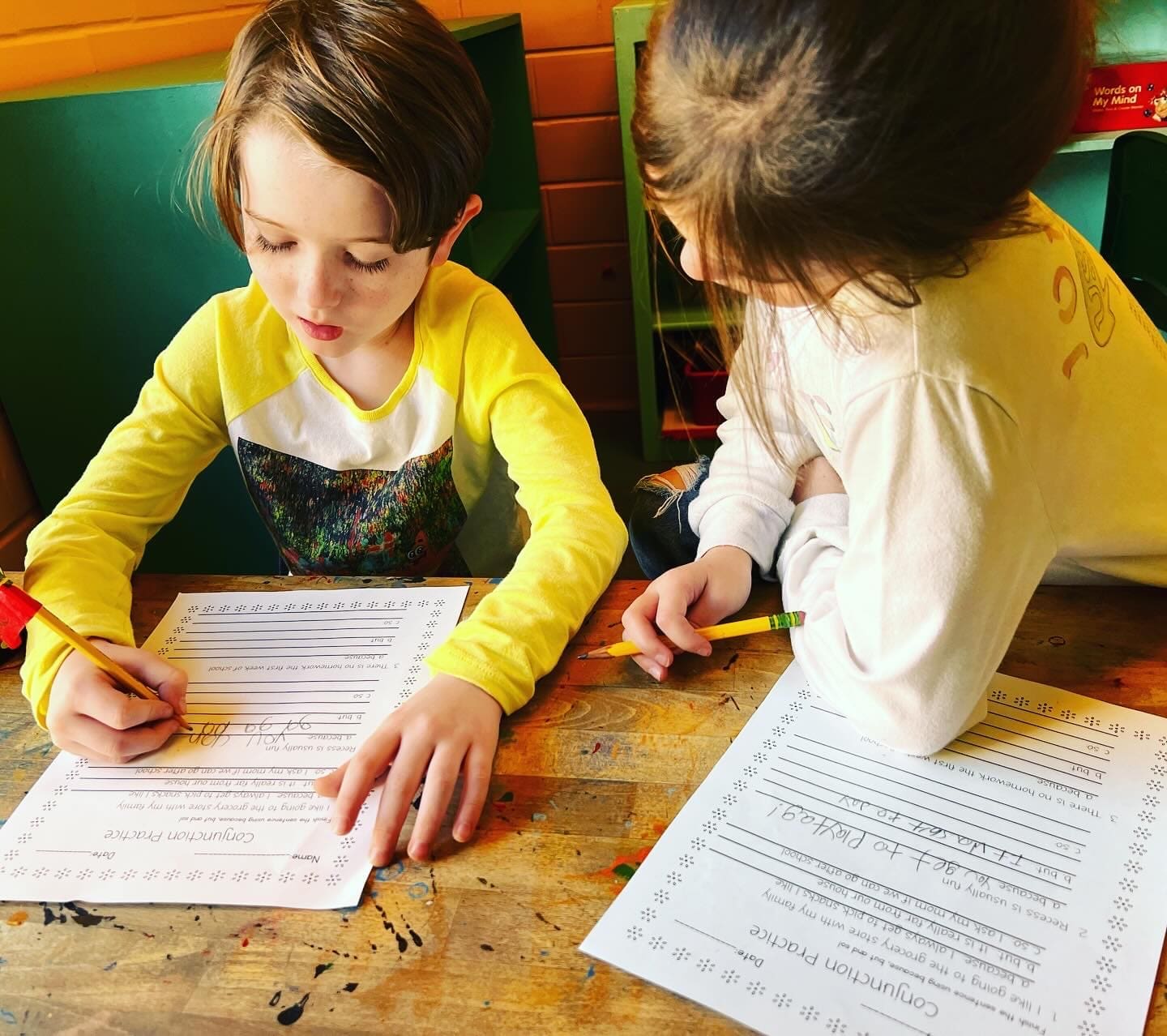 |
Theme –
Before delving into Simple Machines we need to understand a few important concepts. This week we explored force (including balanced and unbalanced) and motion. First we learned that a force is an action that changes or maintains the motion of a body or object. Simply stated, a force is a push or a pull. Motion is when an object moves from one place to another by a force. The best way to understand force and motion is to give it a try! We had two labs Monday- The Puff Cup Lab, where we blew various cups and measured the distance, recording how far they moved, what force made them move and why some moved farther than others. The second lab, The Make it Move lab, had the kids test various objects and how we would move them- with a push or a pull. We also applied equal pushes or pulls with a partner to see what happened to the object. Would it move? Nope! Balanced force means the object will stay put.
Tuesday we had a lab- Investigating Inertia! (Inertia means an object will continue its current motion until some force causes its speed or direction to change.) The kids paired up with a toy car, a washer and their journals and tested what would happen to the washer atop the car when the car hit the journal, and then recorded their findings. It was a great example of why we should always wear a seatbelt!
We explored friction on Wednesday. First we hypothesized what material would allow the toy car to zoom the farthest down a ramp: bubble wrap, wax paper, carpet or sandpaper. After making an educated guess we tested each material out. We measured and recorded the distance after we used each material. As many predicted, the car moved farther (for most of our Beta scientists) when zooming down the wax paper. Why? Less friction!
We investigated potential and kinetic energy on Thursday by creating marble runs using pipe insulators sliced in half (perfect tracks for marbles, and nice and pliable!). Oh boy did these guys have a blast! We will be spending more time on this next week!!!
 |
 |
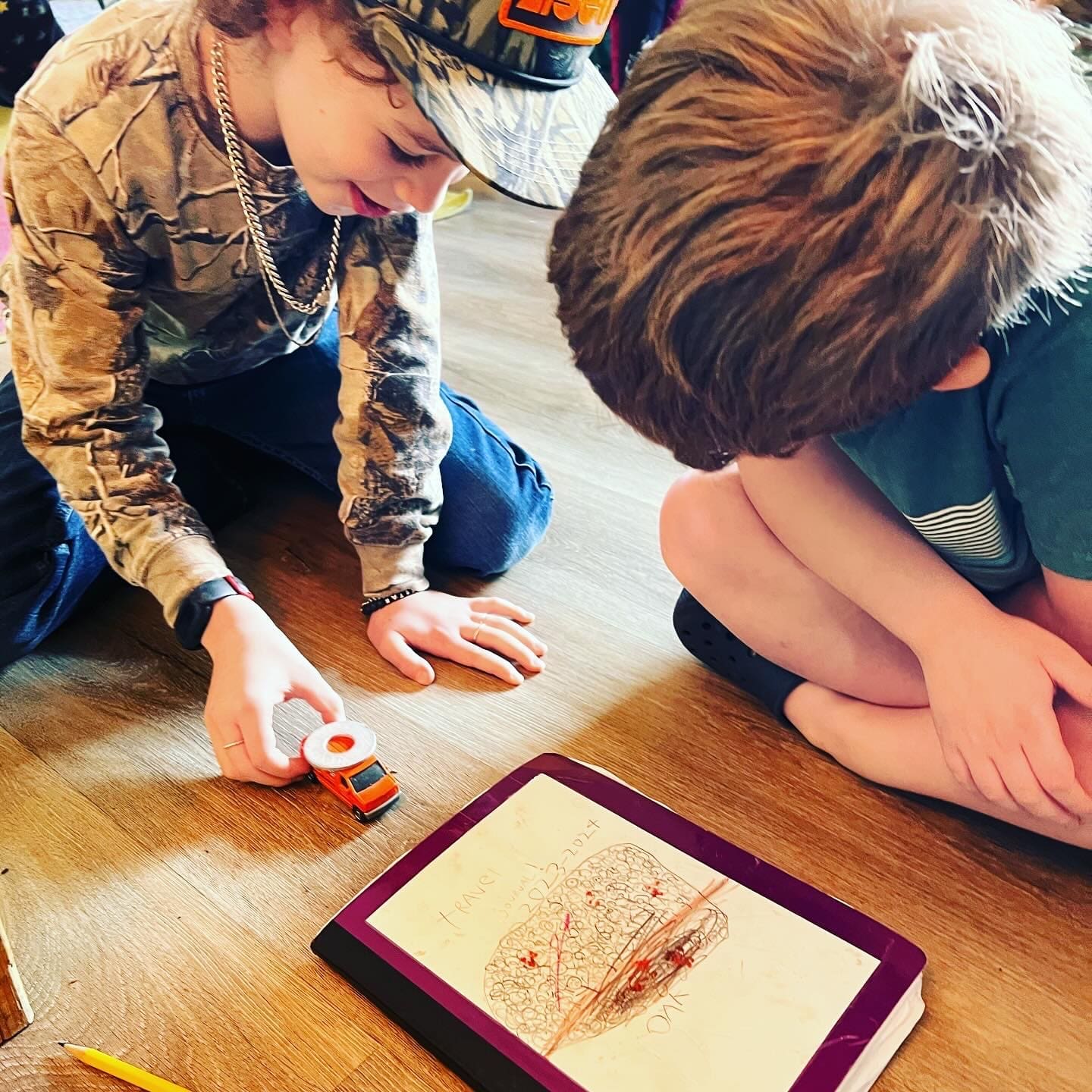 |
|---|---|---|
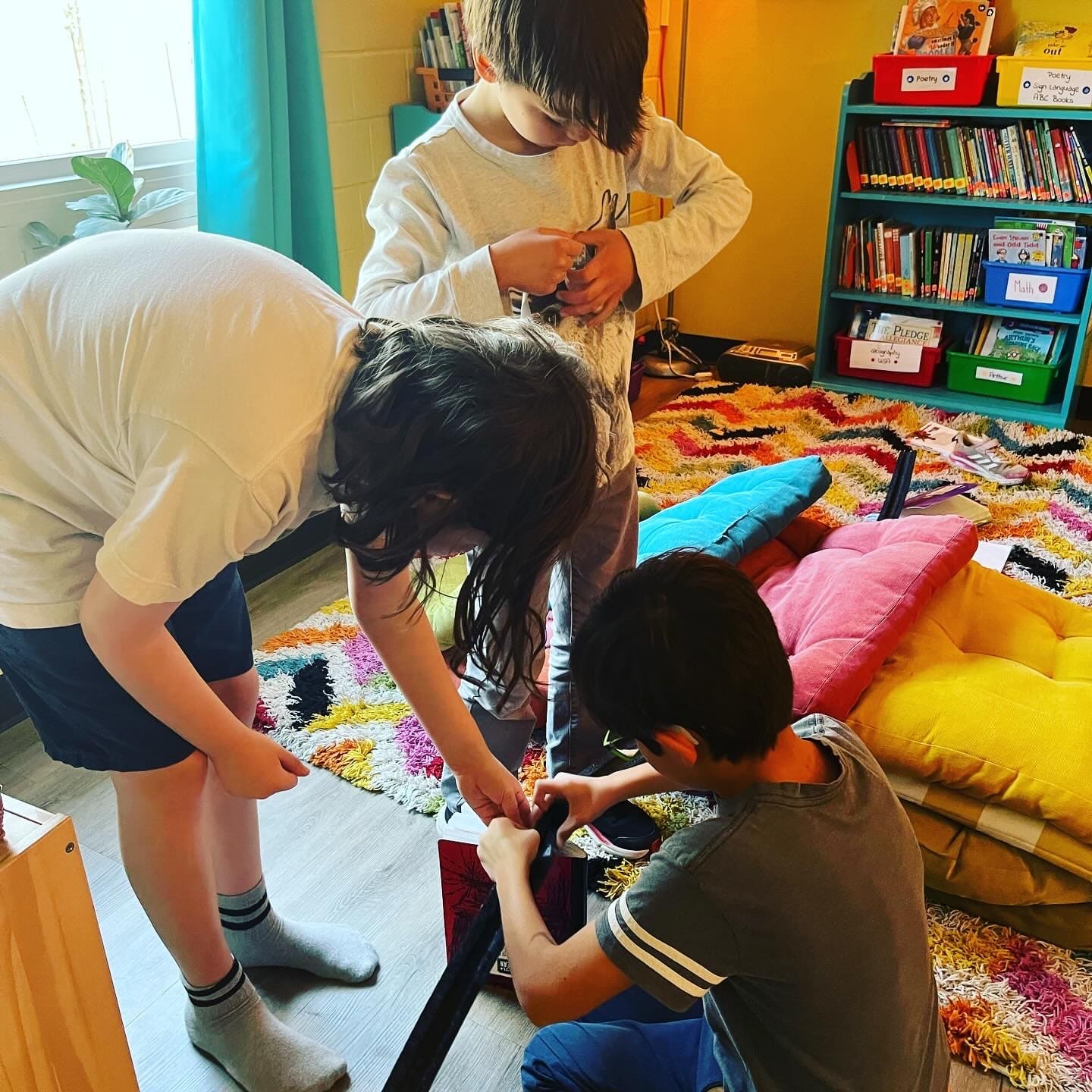 |
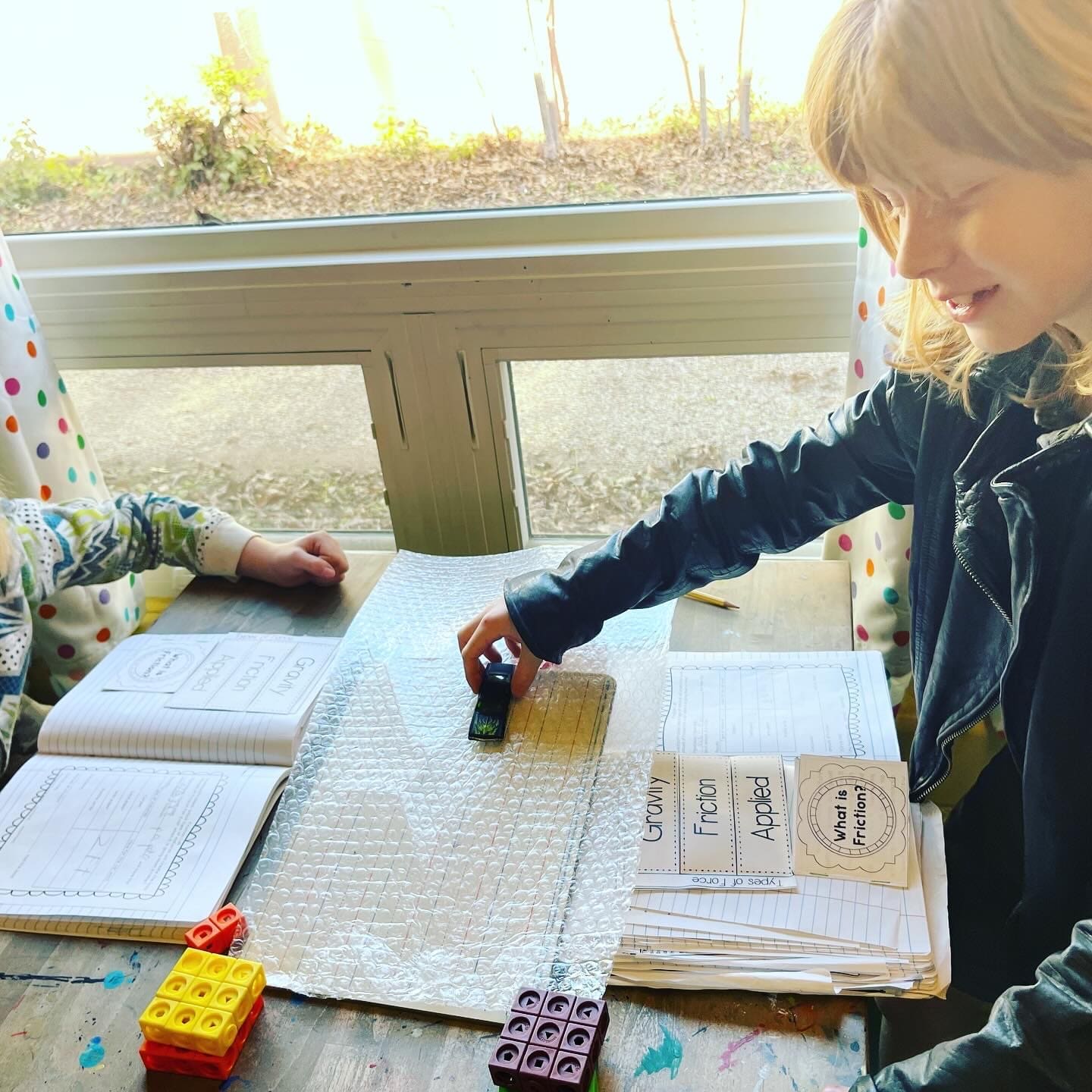 |
 |
 | 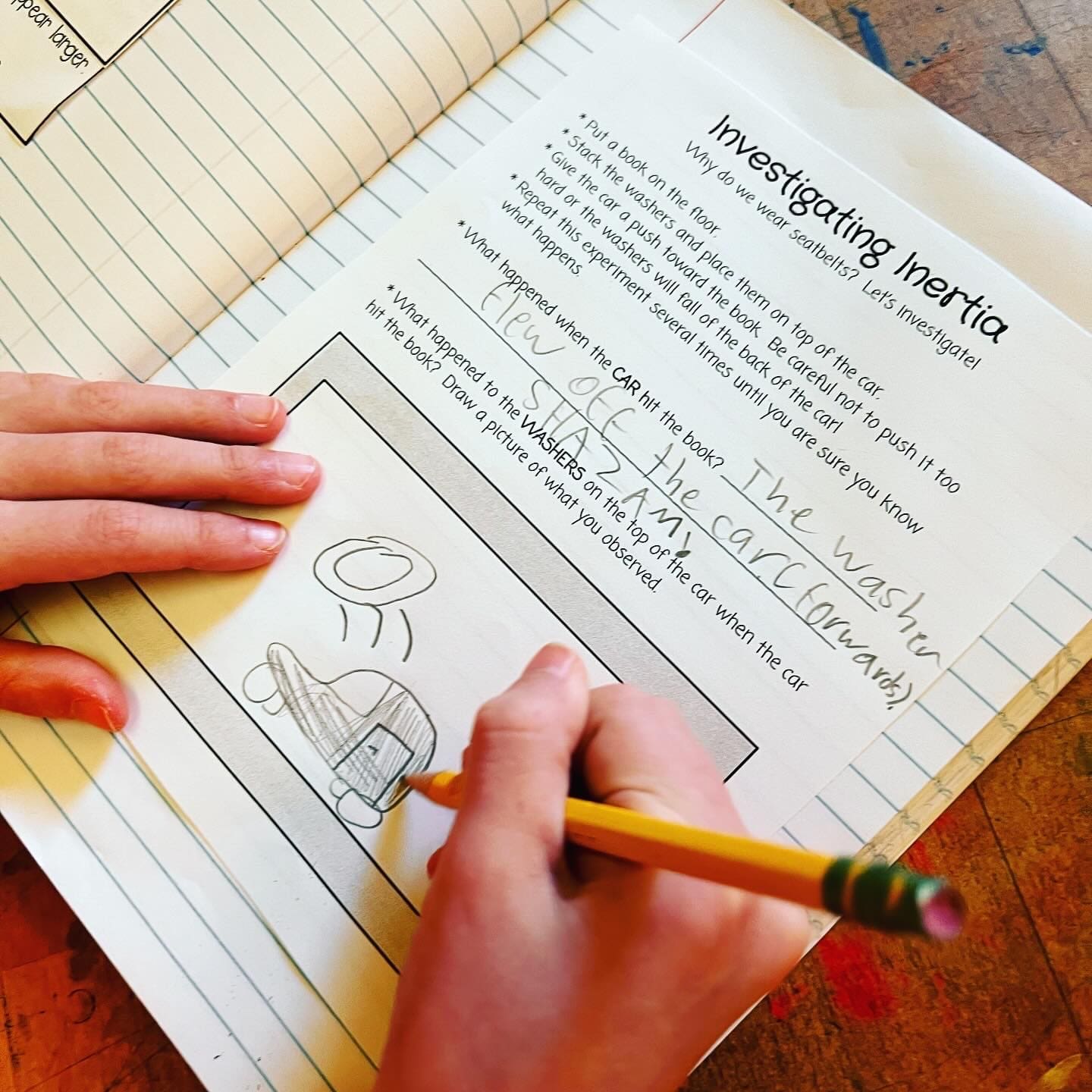 |
 |
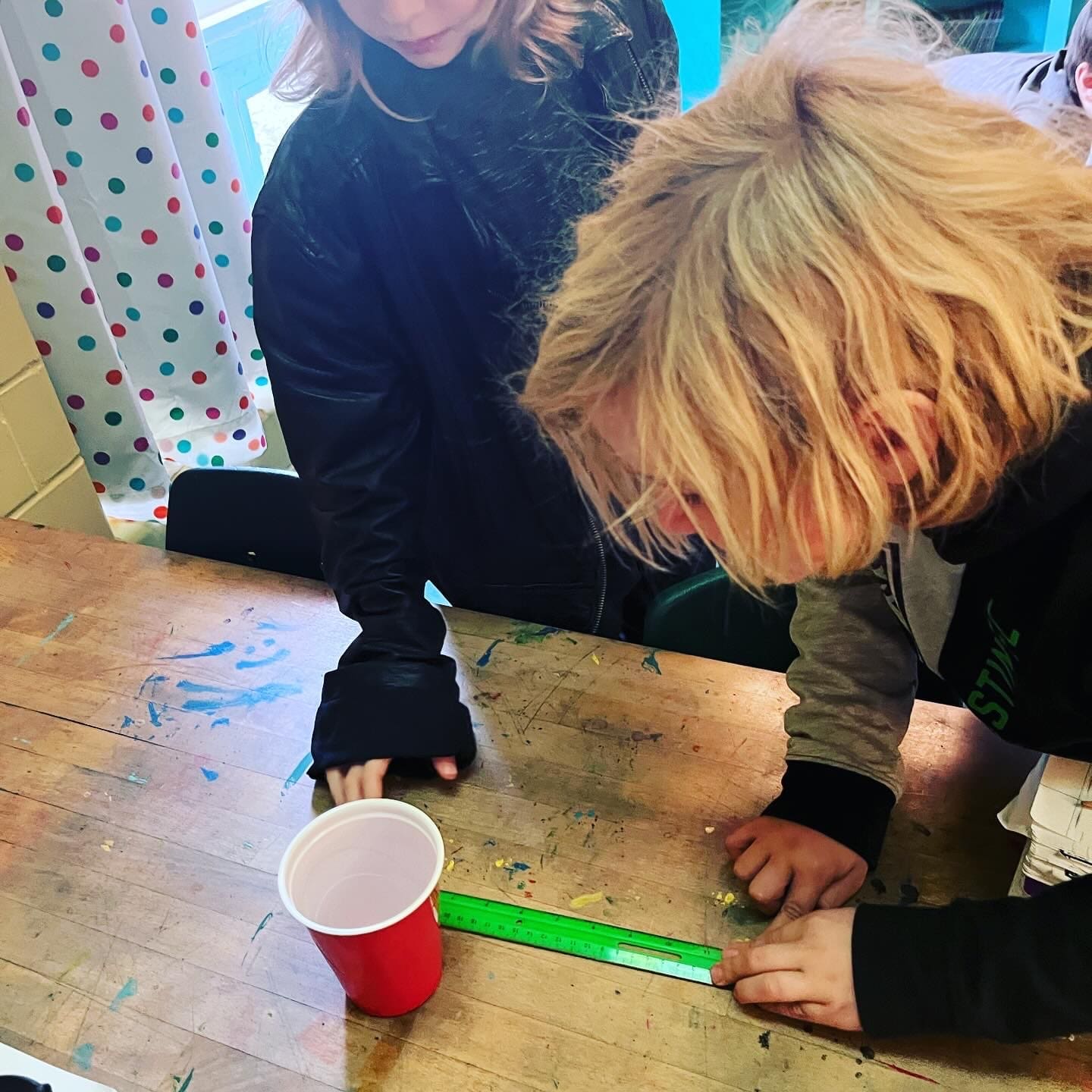 |
 |

